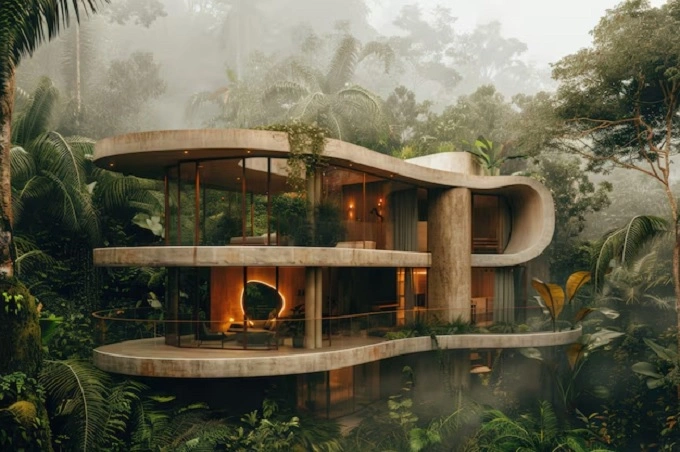
Ever heard of the pure Zambian green African house snake? It’s a cool reptile that’s grabbing attention in the pet world. But what’s so special about it? And how do you take care of one? Let’s dive in and find out!
Pure Zambian Green African House Snake
What exactly is a pure Zambian green African house snake? Well, it’s a type of snake that comes from Zambia, a country in Africa. These snakes are part of a bigger family called Philothamnus heterolepidotus. That’s a mouthful, right? Let’s just call them Zambian green snakes for short.
These snakes like to hang out in forests and bushes in Zambia. They’re not city slickers – they prefer the quiet life of the countryside. You’ll find them crawling around trees and shrubs, looking for their next meal or a cozy spot to rest.
Physical Characteristics
So, what do these snakes look like? Well, they’re not huge. Most grow to be about 2-3 feet long. That’s about as long as your arm! They’re slim and agile, perfect for climbing trees.
And their color? You guessed it – green! But not just any green. We’re talking about a bright, vivid green that helps them blend in with leaves and grass. Some might have lighter or darker patches, but green is their main color. Their belly is usually a lighter shade, like a pale green or even white.
Behavior and Temperament
Are Zambian green snakes lazy couch potatoes? No way! These guys are pretty active, especially during the day. They love to climb and explore their surroundings. At night, they slow down a bit and find a comfy spot to rest.
When it comes to handling, these snakes can be pretty chill. They’re not known for being aggressive. But remember, they’re not cuddly pets like dogs or cats. They might get stressed if you handle them too much. It’s best to let them do their own thing most of the time.
Housing Requirements
If you’re thinking of getting a Zambian green snake, you’ll need to set up a nice home for it. These snakes need space to move around and climb. A terrarium that’s at least 30 gallons is a good start. Make sure it’s taller than it is wide – remember, these snakes love to climb!
Inside the terrarium, you’ll want to create a mini forest. Add branches, vines, and plants (fake ones are okay) for your snake to explore. Don’t forget to include a hiding spot or two. Snakes like their privacy sometimes!
Now, let’s talk temperature. These snakes like it warm, but not too hot. Aim for a temperature between 75-85°F during the day. At night, it can drop to about 70-75°F. You’ll need a heat lamp to keep things toasty.
Humidity is important too. Try to keep it around 60-70%. You can do this by misting the terrarium regularly or using a humidity box.
Feeding and Nutrition
What’s on the menu for a Zambian green snake? In the wild, they munch on small lizards and frogs. But in captivity, they’re usually fed mice. Young snakes might start with baby mice, while adults can handle adult mice.
How often should you feed your snake? Young snakes need to eat more often, about once or twice a week. Adult snakes can go a bit longer between meals, eating every 10-14 days.
When it’s feeding time, you’ll want to use tongs to offer the food. This keeps your hands safe and helps the snake associate the tongs with food, not your fingers!
Health and Care
Like all pets, Zambian green snakes can get sick sometimes. Common health issues include respiratory infections, parasites, and shedding problems. If your snake seems lethargic, isn’t eating, or has cloudy eyes, it might be time for a vet visit.
Speaking of shedding, it’s a normal process for snakes. Your Zambian green snake will shed its skin every few weeks or months. During this time, make sure the humidity is right to help the old skin come off easily.
Grooming? Snakes don’t need baths or brushing. They keep themselves clean. Just make sure their home is clean and you’re good to go!
Breeding Information
Feeling like a snake matchmaker? Breeding Zambian green snakes can be tricky. In the wild, these snakes usually mate in the spring. The male will court the female by following her around and flicking his tongue.
If mating is successful, the female will lay eggs about a month later. She might lay anywhere from 5 to 15 eggs. These eggs need to be kept warm and humid for about 2 months before they hatch. It’s a lot of work, so breeding is usually left to experienced snake keepers.
Legal Considerations
Before you run out and get a Zambian green snake, hold up! You need to check if it’s legal to own one where you live. Some places have strict rules about keeping exotic pets like these snakes.
In the wild, Zambian green snakes aren’t considered endangered. But that doesn’t mean we shouldn’t care about their conservation. It’s important to only get snakes from reputable breeders, not from the wild.
Conclusion
So, are Zambian green African house snakes good pets? They can be, for the right person. They’re beautiful to look at and interesting to observe. But they’re not for everyone. They need specific care and aren’t as interactive as some other pets.
If you do decide to get one, remember: owning a snake is a big responsibility. You need to provide the right home, food, and care for many years. But if you’re up for the challenge, a Zambian green snake can be a fascinating pet to have around!
Want to learn more about these cool snakes? Check out some reptile books or talk to experienced snake keepers. The more you know, the better you can care for your scaly friend!
